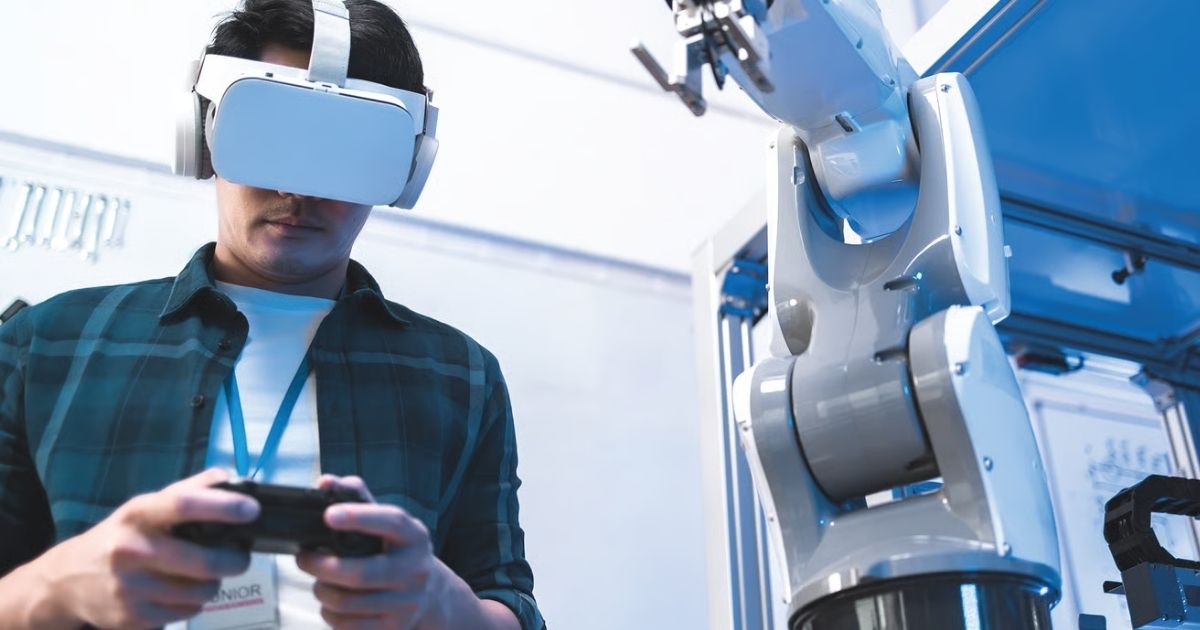The global window film industry has undergone a transformative shift in recent years, with nano-ceramic window films emerging as a superior solution for heat rejection, UV protection, and optical clarity. China, a manufacturing powerhouse, has positioned itself at the forefront of this innovation, with companies like KSB Film Technology Co., Ltd. and Sunvase leading the charge. These manufacturers leverage advanced nanotechnology and precision engineering to produce films that outperform traditional dyed films, catering to both automotive and architectural applications. This article explores the rise of nano-ceramic window films, the technological advancements driving their popularity, and why China’s manufacturers dominate the market.
The Evolution of Window Films
Window films have long been used to enhance privacy, reduce glare, and protect interiors from harmful UV rays. Traditional dyed films, while cost-effective, have limitations, including lower heat rejection, fading over time, and poor durability. The introduction of nano-ceramic films has revolutionized the industry by addressing these shortcomings with cutting-edge materials and manufacturing techniques.
Nano-ceramic window films are engineered using microscopic ceramic particles, such as titanium nitride or cesium-doped tungsten oxide, embedded in a polyester (PET) base film. These particles, often less than 100 nanometers in size, enable spectrum selectivity, allowing visible light to pass through while blocking infrared (IR) and ultraviolet (UV) rays. Unlike metalized films, nano-ceramic films are non-conductive, ensuring no interference with GPS, mobile, or radio signals, making them ideal for modern vehicles and smart buildings. Their durability, clarity, and performance have made them a preferred choice across industries.
China’s manufacturers have capitalized on this trend, combining state-of-the-art production facilities, robust R&D, and competitive pricing to capture a significant share of the global market, valued at $10.6 billion in 2023 and projected to reach $16.5 billion by 2030. Companies like KSB and Sunvase exemplify China’s leadership in this space, delivering innovative products tailored to diverse applications.
Read more: 10 Creative Landscaping Ideas for Small Front Yards in 2025
Advantages of Nano-Ceramic Window Films
Nano-ceramic window films offer several advantages over traditional dyed films, driving their adoption in automotive and architectural settings:
-
Superior Heat Rejection: Nano-ceramic films block up to 95% of infrared rays, significantly reducing interior temperatures. For example, KSB’s NK Series achieves a total solar energy rejection (TSER) of up to 64% at 71% visible light transmission (VLT), making it ideal for hot climates like the Middle East. This outperforms dyed films, which typically reject only 30–50% of solar heat.
-
Full UV Protection: These films block 99–100% of UVA and UVB rays, protecting occupants from skin damage and preventing interior fading. Sunvase’s UV400 film, for instance, offers 100% UV rejection, safeguarding vehicle interiors and building furnishings.
-
Optical Clarity and Glare Reduction: Nano-ceramic films maintain high clarity without distorting vision, thanks to precision-engineered particle distribution. They also reduce glare by up to 93%, enhancing driver safety and occupant comfort.
-
Durability and Color Stability: Unlike dyed films, which fade or turn purple over time, nano-ceramic films use inorganic materials that resist oxidation and corrosion, ensuring lifelong color stability. KSB’s films come with a lifetime warranty against fading, bubbling, or delamination.
-
No Signal Interference: The non-metallic nature of nano-ceramic films eliminates signal disruptions, a common issue with metalized films, making them suitable for connected vehicles and smart buildings.
-
Ease of Installation: Advanced base materials with four-directional shrinking properties, as used by KSB, simplify installation, improving efficiency for tint professionals.
These benefits make nano-ceramic films a versatile solution for automotive applications (e.g., car windows, windshields) and architectural uses (e.g., commercial buildings, residential windows), where energy efficiency, comfort, and aesthetics are paramount.
Read more: Top 10 Benefits of Installing Outdoor Awnings for Your Home
China’s Manufacturing Edge
China’s dominance in the nano-ceramic window film market stems from several strategic advantages:
Advanced Production Facilities
Chinese manufacturers operate world-class facilities equipped with cutting-edge technologies like vacuum sputtering and nano-coating. KSB’s 50,000-square-meter factory in Dongguan, for instance, features dust-free environments with controlled humidity and temperature, ensuring consistent quality. Sunvase employs magnetron sputtering to create ultra-thin metal layers for its sputter solar tint films, enhancing heat rejection and durability. These sophisticated processes allow for precise particle distribution, critical for achieving high clarity and performance.
Robust R&D and Innovation
China’s window film industry benefits from strong research and development, with companies like KSB employing teams of 30+ scientists to pioneer new materials and techniques. Innovations include photochromic films, like Sunvase’s N2-7550, which adjust VLT (50–75%) based on light intensity, offering dynamic heat and glare control. KSB’s use of titanium nitride and cesium-doped tungsten oxide nanoparticles enhances spectral selectivity, setting new benchmarks for heat rejection and clarity.

Cost-Competitive Production
China’s manufacturing ecosystem enables cost-effective production without compromising quality. Access to raw materials, skilled labor, and economies of scale allows companies like KSB and Sunvase to offer competitive pricing, making their products attractive to global distributors and OEMs. For example, KSB’s SF Series, with 92–95% IR rejection, is priced competitively for bulk buyers, driving its popularity among tint shops worldwide.
Customization and OEM Services
Chinese manufacturers excel in meeting diverse customer needs through OEM and private-label services. KSB, for instance, produces custom films based on specifications for VLT, color, thickness, and heat rejection, supported by in-house prototyping capabilities. Sunvase offers a wide range of films, from nano-ceramic to chameleon and dyed, catering to varied aesthetic and performance demands. This flexibility strengthens their appeal to international markets.
Global Supply Chain Integration
China’s efficient logistics and established trade networks ensure fast delivery, with KSB fulfilling orders same-day or next-day and supporting bulk shipments via containers. This responsiveness, combined with certifications for quality and environmental standards, enhances trust among global buyers.
Leading Manufacturers: KSB and Sunvase
KSB Film Technology Co., Ltd.
Based in Dongguan, KSB is a leading manufacturer of nano-ceramic window films, recognized for its NK and SF Series. The NK Series, available in 5%, 20%, 35%, and 70% VLT shades, achieves up to 95% IR rejection and 64% TSER, ideal for extreme climates. KSB’s films use titanium nitride for wear resistance and color stability, ensuring no fading or signal interference. The company’s focus on precision processing—grinding nanoparticles to less than 15 nm—ensures haze-free clarity and high performance. KSB’s lifetime warranty and OEM capabilities have made it a preferred partner for tint shops and distributors globally.

Sunvase
Sunvase, another prominent Chinese brand, offers a diverse portfolio, including nano-ceramic, UV400, and photochromic films. Its UV400 film provides 100% UV rejection and high IR rejection, protecting occupants and interiors. The N3-6216 photochromic film, with a VLT range of 16–62% and 93–95% IR rejection, exemplifies Sunvase’s innovation in dynamic tinting solutions. Sunvase’s sputter solar films, using magnetron sputtering technology, deliver long-lasting heat insulation and low reflectivity, suitable for both automotive and architectural applications. The brand’s global reputation is bolstered by its commitment to energy efficiency and safety.
Applications in Automotive and Architectural Settings
Automotive
In the automotive sector, nano-ceramic films enhance driver comfort and vehicle longevity. They reduce cabin temperatures, lowering air conditioning use and fuel consumption. KSB’s SF Series, with 95% IR rejection, is popular for its ease of shrinking and rich color, matching OEM glass aesthetics. Sunvase’s UV400 film protects against UV-induced skin damage and interior fading, critical for long drives. These films also improve privacy and safety by holding shattered glass together, as seen in KSB’s safety features.
Architectural
In commercial and residential buildings, nano-ceramic films reduce energy costs by minimizing heat gain, easing the load on HVAC systems. Sunvase’s architectural films, with 99% UV rejection, protect furnishings and occupants while maintaining natural light. KSB’s clear architectural films, with a TSER of 42%, offer heat rejection without altering aesthetics, ideal for modern glass facades. These films also enhance security by reinforcing windows against break-ins.
Challenges and Future Trends
Despite their dominance, Chinese manufacturers face challenges, including:
-
Perception of Quality: Some buyers associate Chinese products with lower quality, though companies like KSB and Sunvase counter this with rigorous quality control and certifications.
-
Supply Chain Disruptions: Global logistics issues can delay deliveries, though China’s robust infrastructure mitigates this.
-
Competition: Brands like 3M and LLumar pose strong competition, but Chinese firms compete on price and customization.
Future trends include:
-
Smart Films: Photochromic and electrochromic films, like Sunvase’s N2-7550, will gain traction for their adaptive properties.
-
Sustainability: Eco-friendly materials and recyclable films will align with global green initiatives.
-
Integration with IoT: Smart window films connected to building management systems will optimize energy use.
Conclusion
China’s manufacturers, led by KSB and Sunvase, have redefined the window film industry with nano-ceramic films that outperform traditional dyed films in heat rejection, UV protection, and durability. Their advanced production facilities, R&D focus, cost competitiveness, and customization capabilities have cemented their global leadership. As demand for energy-efficient and high-performance solutions grows in automotive and architectural sectors, China’s innovative approach ensures it will remain at the forefront of the nano-ceramic window film market, delivering comfort, safety, and sustainability to users worldwide.










.jpg)

